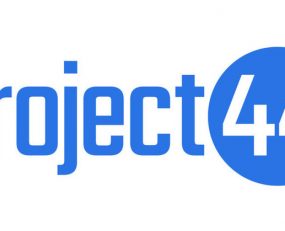
The companies aim to showcase their solution’s capabilities at the National Retail Federation (NRF) 2023 Big Show January 15-17, demonstrating how supply chain modernisation helps retailers, consumer goods manufacturers and e-commerce companies gain a competitive advantage by improving collaboration, sustainability and shipping costs while optimising inventory levels to create a customer-centric supply chain.
“These volatile times require a different way of thinking. Retailers know how a purchase goes from raw material to a store shelf or consumer’s door, but supply chain visibility technology enables them to track, manage, measure and optimize every step of that journey in real time. Our work with SAS is key to unlocking the most resilient and efficient logistics operations possible. Visibility is an important step toward digitizing logistics workflows and training AI to make decisions that reduce costs and satisfy customers,” said Bart De Muynck, project44’s Chief Industry Officer.
Last-mile deliveries make up some 53% of the total shipping cost and 41% of supply chain costs, according to Accenture. As a vital component of supply chain management, last-mile delivery plays a crucial role in ensuring consumer satisfaction and carries significant expense with added costs incurred if fulfilment is not properly planned.
New research highlighted in project44’s Supply Chain Insights’ State of Parcel report for December 2022 showed an increase in retail industry final mile transit times. This indicates the retail industry is increasingly challenged by carrier transit times due to capacity constraints with on-time performance decreasing compared to November 2022. This has created a growing trend of carrier diversification to help retailers address shipping delays, thereby gaining more agility and flexibility in the last-mile supply chain to mitigate the impact on customer experience.
“While there were many disruptions in 2022, arguably none had as much impact on retail as the challenges those faced by supply chain logistics leaders. 2023 will continue to make supply chain optimization efforts even more difficult as socioeconomic and geopolitical pressures mount. This reality is a call to arms for organizations to optimize their supply chains with SAS and project44 able to meet this challenge with best-in-class, real-time supply chain visibility data matched with leading analytics to deliver increased value for our mutual clients,” said Dan Mitchell, Global Director of Retail and Consumer Goods at SAS.
Source: Project44